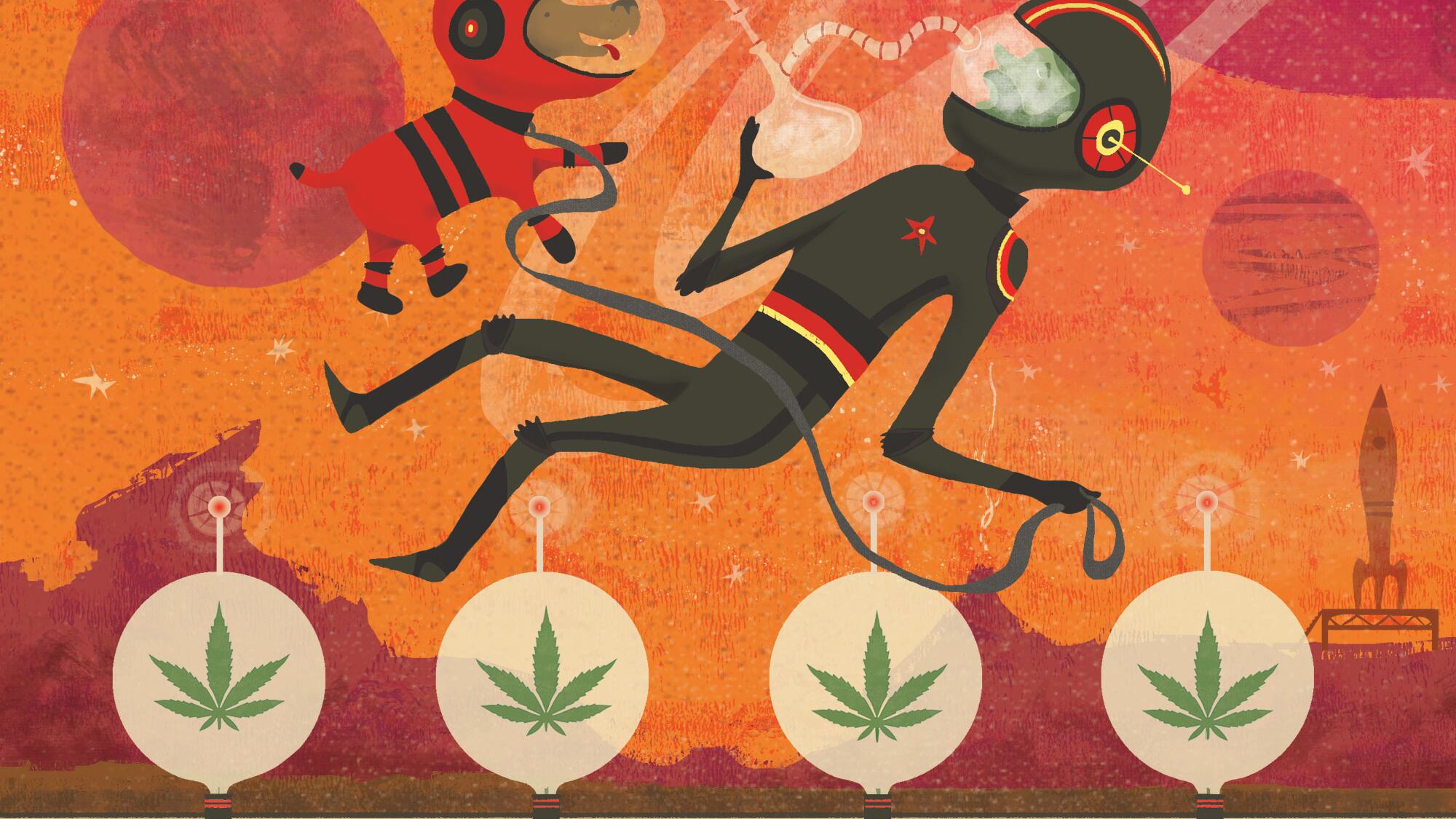When cannabis first became legal in Oregon in 2015, many wondered what the future might bring.
Vending machines full of edibles? Weed-powered cars? A dispensary on the moon?
At this point, though, most consumers would be content just to take a pull off a vape without having to worry about their lungs turning to ash.
Over the past two years, the story of legal cannabis has been one of swift progress undercut by sudden, unexpected setbacks. No one ever thought having too much pot could be a problem until it became a reality, sending prices plummeting and putting many farms and retailers out of business. And this year, vaping-related deaths have provided ammo for prohibitionists and put a dent in many advocates' main argument for descheduling the drug: In certain circumstances, it turns out weed can actually kill you.
Nobody said building a new industry practically from scratch would be easy. But for every reason there is to panic, there are just as many causes for celebration.
In 2018, the passage of the Agriculture Improvement Act removed hemp from the federal list of controlled substances, providing a boon for the burgeoning CBD industry. And last month, a bill that would encourage banks to serve cannabis companies in legal states passed in the U.S. House of Representatives.
It's a confusing time. What's clear, though, is that all these rapid developments, positive and negative, are pushing cannabis toward a new era. So with another harvest season upon us, we took on the task of trying to figure out what it might look like.
Unfortunately, it probably doesn't involve 3D-printed pre-rolls and zero-gravity bongs—not yet, anyway. But it shows a culture that is continuing to evolve, to push through its growing pains, and hopefully learn from its mistakes.
Any forecast of the cannabis industry's future must begin with the fallout from the vaping crisis, so we asked several experts to weigh in on the wider implications of Gov. Kate Brown's temporary statewide ban on certain products—and while it's certainly not great, it's not all bad, either. We then looked at some of the trends already emerging in the marketplace, from smokable hemp to inedible edibles.
Non-intoxicating CBD is a million-dollar business, turning up in everything from food to beauty products, but it's only one of hundreds of cannabinoids known to exist. So we waded into the alphabet soup of cannabis chemistry to see what might be the next compound to become a household acronym. We also spoke to local mothers who made the somewhat controversial decision to use pot during pregnancy, as well as entrepreneurs who are trying to make cannabis packaging more environmentally sustainable.
Sure, it's not all sexy. But the culture of cannabis is changing, and starting conversations no one was having even a year ago. And who knows? With how fast things move, we might be smoking space weed soon enough.

Oregon Cannabis Is Entering a New Era. Here's What It Will Look Like.
Oregon's Cannabis Industry Scrambles to Respond to the Vaping Crisis
Here's What's In and What's Out in Cannabis This Harvest Season
What Cannabinoid Will be the Next Big Thing in Cannabis? Here's a Look at Four Breakout Candidates.
Emerging Cannabis Packaging Companies Are Trying to Address Legal Weed's Plastics Problem
